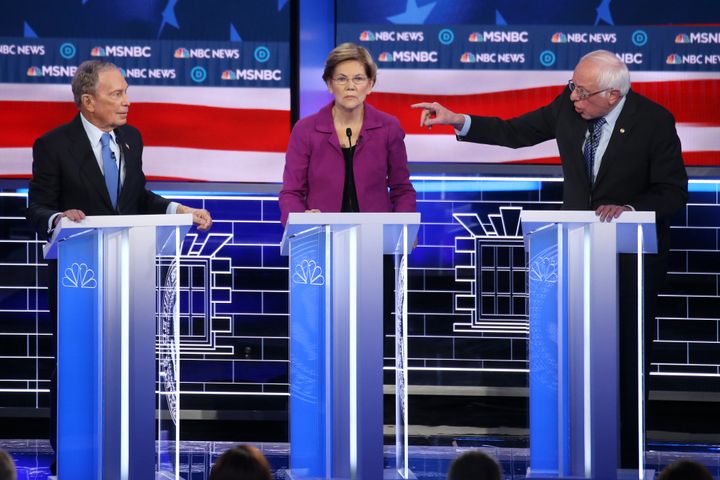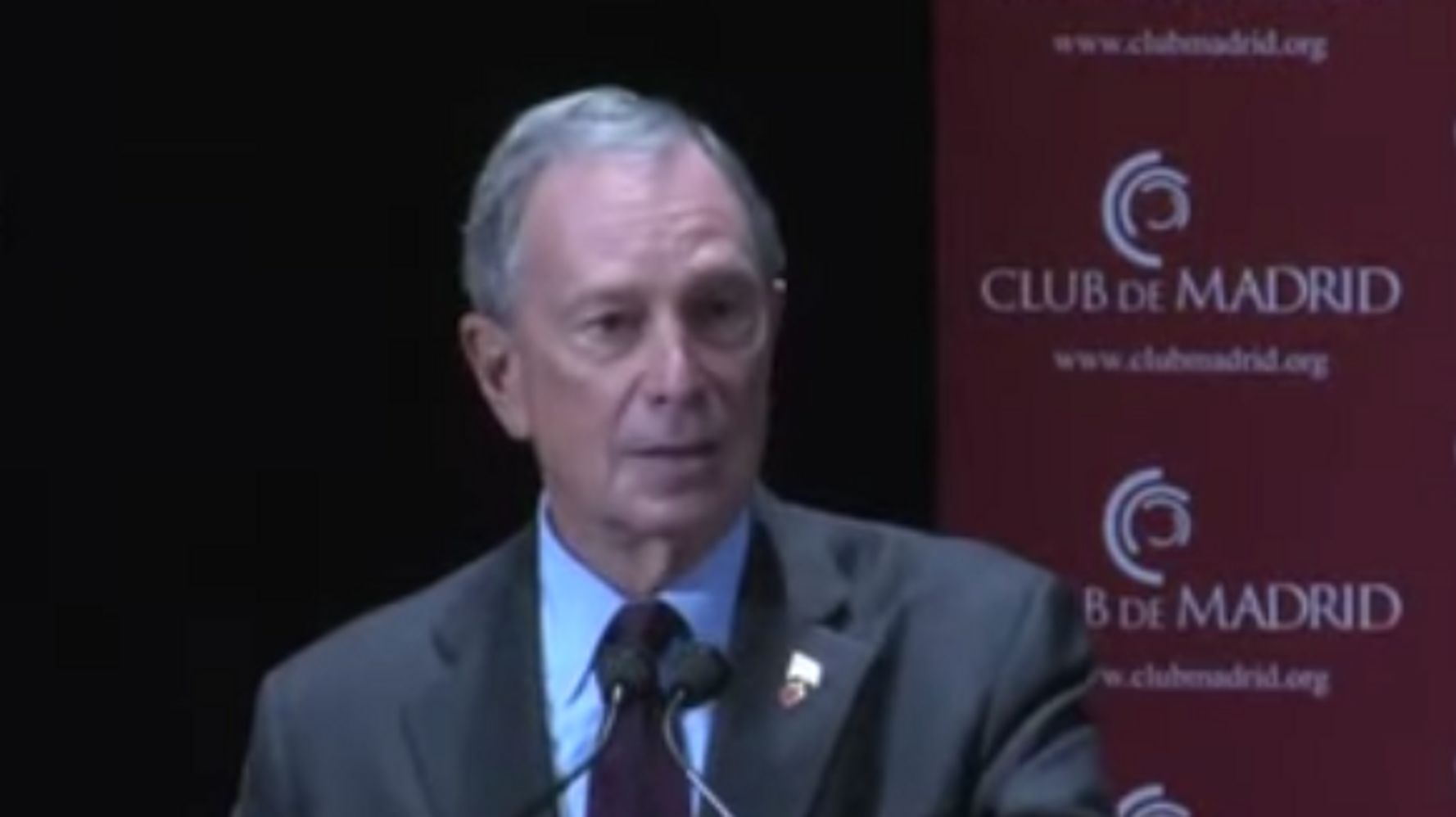[ad_1]
Billionaire and then New York City mayor Michael Bloomberg claimed in 2011 that the city had “virtually no discrimination” and “virtually no racial problems.” That year, police stops of Black and Latinx people reached their peak under the stop-and-frisk policy he supported.
“I can’t tell you that everybody’s friendly with everybody else. But you see virtually no discrimination based on ethnicity,” Bloomberg said in November 2011 at the annual conference of Club de Madrid, a nonprofit group of former heads of state.
“You have virtually no racial problems or tensions here,” Bloomberg, who is now running for the Democratic presidential nomination, added in a video of the speech posted on YouTube in 2012.
Bloomberg, who served three terms as mayor from 2002 to 2013, was a vocal backer of stop-and-frisk, which allowed police officers to stop, question and search people whom the officers deemed suspicious. Police disproportionately targeted Black and Latinx people with this power.
In 2011, stops by New York City police hit their highest number, with nearly 700,000 people stopped ― and 87% of those stopped were either Black (53%) or Latinx (34%), per data from the New York Civil Liberties Union.
Bloomberg’s team did not immediately respond to HuffPost’s request for comment.
Just a month before the mayor’s November 2011 remarks, The New York Times reported on a protest in Harlem led by professor and activist Cornel West against the police department’s stop-and-frisk policy. There was also a march by more than 400 protesters over the Brooklyn Bridge, including then city councilman Jumaane Williams.
After years of defending stop-and-frisk, Bloomberg apologized late last year for the policy. Earlier this month, he claimed that he’d “inherited” stop-and-frisk — though police stops increased sevenfold in his time as mayor.
Bloomberg’s 2020 Democratic presidential rivals went after him fiercely in Wednesday’s debate, with Sen. Elizabeth Warren (D-Mass.) calling stop-and-frisk a “racist” policy and Sen. Bernie Sanders (I-Vt.) saying it targeted people of color “in an outrageous way.”

When he stated there was “virtually no discrimination” in New York in 2011, Bloomberg had apparently forgotten, among other evidence to the contrary, a ruling by a federal judge just a month before in a lawsuit alleging discrimination by the New York Fire Department against Black and Hispanic applicants. In his ruling, the judge said he had “little hope” that Bloomberg “has any intention of stepping up to the task of ending discrimination” within the fire department.
In his decision, the judge also wrote: “Instead of facing hard facts and asking hard questions about the city’s abysmal track record of hiring black and Hispanic firefighters, the Bloomberg administration dug in and fought back.”
In his 2011 speech, Bloomberg also touted the diversity of New York residents.
“[U]nlike other diverse cities, New York lives as a mixture, rather than as a mosaic,” the mayor said. “In other cities, you’ll have neighborhoods where a particular ethnic or economic group would live. In New York City, there’s very little of that. Every block will have multiple ethnicities … economic levels.”
In fact, among the 50 U.S. metro areas with the largest Black populations, New York was the third-most segregated metro area for Black and white residents, according to a March 2011 study by a Brown University researcher analyzing 2010 census data.
New York state also had the most segregated public schools in the nation at the time and New York City schools were among the most segregated in the state, per a 2014 report from the University of California at Los Angeles, which looked at data through the 2010-2011 school year. New York City’s public schools are still among the most segregated in the nation today.
Calling all HuffPost superfans!
Sign up for membership to become a founding member and help shape HuffPost’s next chapter
[ad_2]
Source link

